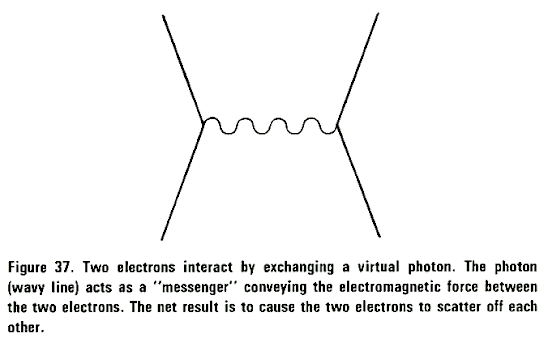We mention these admittedly speculative ideas to illustrate the profound change in perspective that has accompanied the move toward a postmechanistic paradigm. In place of clod-like particles of matter in a lumbering Newtonian machine we have an interlocking network of information exchange — a holistic, indeterministic and open system— vibrant with potentialities and bestowed with infinite richness. The human mind is a by-product of this vast informational process, a by-product with the curious capability of being able to understand, at least in part, the principles on which the process runs.
Blogger Comments:
From the perspective of Systemic Functional Linguistic Theory, the paradigm that replaced the Newtonian "mechanism" was that of Quantum Theory, which introduced the distinction between systems of interdependent potential, quantified in terms of waves of probability, and the instantiation of that potential as particles of matter, quantified in terms of frequencies.
Both potential and instance constitute information in the sense that they are meanings (theory) construed of meanings (data) construed of experience, and "this vast informational process" is the conscious processing that construes and reconstrues experience as meaning. That is, the human mind is not the by-product of the process, but the process itself.
In this context, the ability of the human mind to understand is the ability of conscious processing to reconstrue meanings as theory, in accordance with assumptions and methodology of science. This ability is provided by language.


